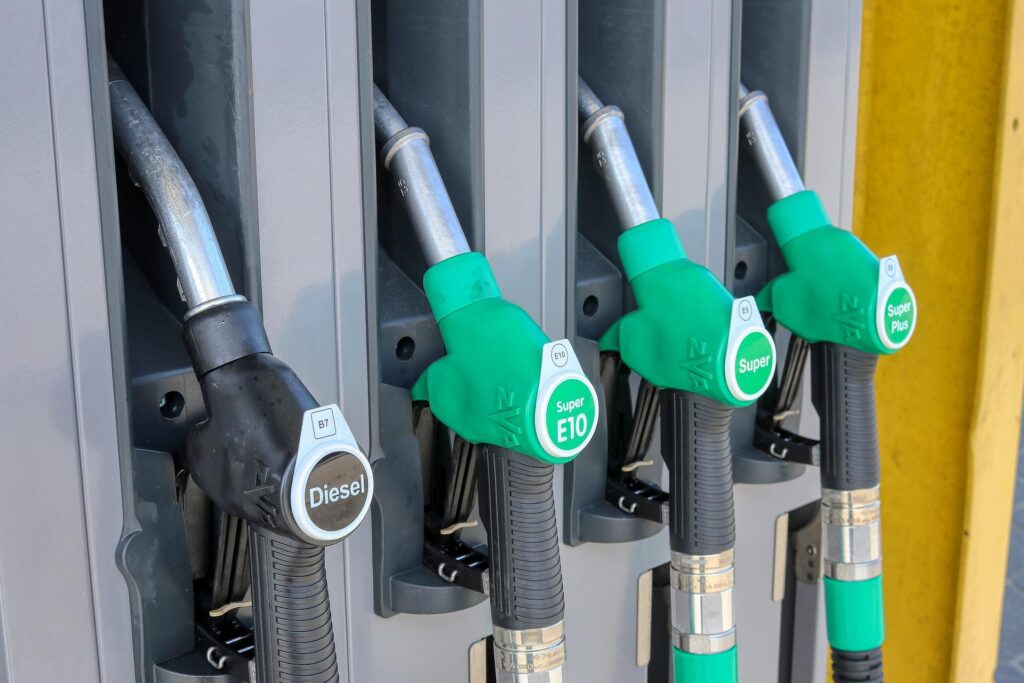Looming Diesel Shortage Could Cause Significant Disruptions
 While the “normalization” of the RV industry continues unabated as sales assume a more predictable trajectory following record months of pandemic-fueled purchases, a new dilemma has shown up of late seemingly with the potential to not only affect sales but also disrupt the RV supply chain — and with it, manufacturing.
While the “normalization” of the RV industry continues unabated as sales assume a more predictable trajectory following record months of pandemic-fueled purchases, a new dilemma has shown up of late seemingly with the potential to not only affect sales but also disrupt the RV supply chain — and with it, manufacturing.
Diesel availability.
A number of sources have reported in recent months that a diesel shortage is looming. According to a mid-October report from the Energy Information Administration, distillate supplies — which include diesel, jet fuel and heating oil — were at their lowest point since 2008 and represented a supply of less than 26 days. Other sources peg diesel availability at its lowest point since 1951 — an era when the population and, hence, diesel demand was far less than it is today.
Like the earlier reported shortage of DEF (diesel exhaust fluid), part of the problem is sanctions placed on Russian imports both here and abroad due to the ongoing war in the Ukraine (Russia is a major producer of urea, used in DEF, as well as oil and natural gas). As reported by Forbes, prior to the sanctions the U.S. was importing nearly 700,000 barrels per day of petroleum and petroleum products — most of them finished products that boosted distillate supplies.
That loss is only exacerbated by higher demand both stateside and in Europe and Latin America. The upshot is the creation of a “bidding war” of sorts, as exemplified by this headline from Reuters in mid-October, which drive up prices: Traders Divert Europe-bound Diesel to U.S. in Race to Re-stock. And, of course, geopolitical considerations come into play: Europe is facing a cold winter due to the loss of fuel deliveries from Russia, its largest energy contributor, leading the U.S. to export diesel even as this country confronts its own shortage.
But the bigger problem for the U.S. (and the world) just may be shrinking capacity at oil refineries — which themselves are too few in number, with no new ones on the horizon. According to reports cited by Mark Moss, a respected investor, strategist, founder of “Market Disruptors” and a nationally syndicated radio host, “more than one million barrels a day of the country’s oil-refining capacity — or about 5% overall — has shut (down) since the beginning of the pandemic. Elsewhere in the world, capacity has also shrunk, by 2.13 million additional barrels a day.” And though we tend to overlook it, one barrel of oil holds 42 gallons, which when distilled creates about 20 gallons of gasoline, 12 gallons of diesel and four gallons of jet fuel and other products.
As Moss explained in a recent podcast (viewed nearly a half-million times), the lack of new refineries can be traced to the eventual transition to cleaner energy, which “makes their (oil refiners’) long-term business model unprofitable.
“Nothing about the current environment is promoting investment in fossil fuels,” he continued, quoting Bloomberg Intelligence analyst Fernando Valle. For example, Bloomberg Intelligence estimated that Phillips 66 would have to spend more than $1 billion to restart its Alliance refinery in Louisiana that was shut down following damage by Hurricane Ida. “It’s a 15- to 20-year payback on most of these investments,” Valle noted in Moss’ report.
According to the Institute for Energy Research, yet another refinery, operated by LyondellBasell Industries in Houston, is scheduled to shut down by the end of 2023 “due to the financial burden of upgrading its infrastructure and to advance its decarbonization goals pushed by the Biden administration.” That refinery would join five others shut down in the past two years; not surprisingly, S & P Global reported in June that U.S. crude oil refining capacity in 2022 hit its lowest level since 2014.
Given that some of these U.S. refineries are more than 100 years old and most are running at or near 100% capacity, their future looks bleak. As Moss outlined it, we can expect more closures — with resultant higher price spikes — in the future.
Does that mean that the U.S. is at risk of running out if diesel fuel? Not necessarily — although it does indicate that we are using more than we are producing. It will impact costs, however, particularly in areas such as the Northeast that historically depend upon heating oil during the winter. And, it will impact deliveries, since both the shipping and trucking industries rely on diesel fuel. Traci Collins, vice president of operations for Fireball Transport, a New England-based “last mile” delivery company, told station WCAX3 in Vermont recently that the company’s fuel costs had jumped from $5,000-$6,000 weekly to $16,000. Imagine what’s happening to long-distance trucking companies.
As Oklahoma U.S. Senator-elect Markwayne Mullin noted in a Nov. 1 letter to Department of Energy Secretary Jennifer Granholm, Department of Transportation Secretary Pete Buttigieg and Department of the Interior Secretary Deb Haaland to ask about the government’s plans to address the shortfall, “the entire U.S. economy runs on diesel.”
And it’s only going to get more expensive.
Source: https://rvbusiness.com/looming-diesel-shortage-could-cause-significant-disruptions/







